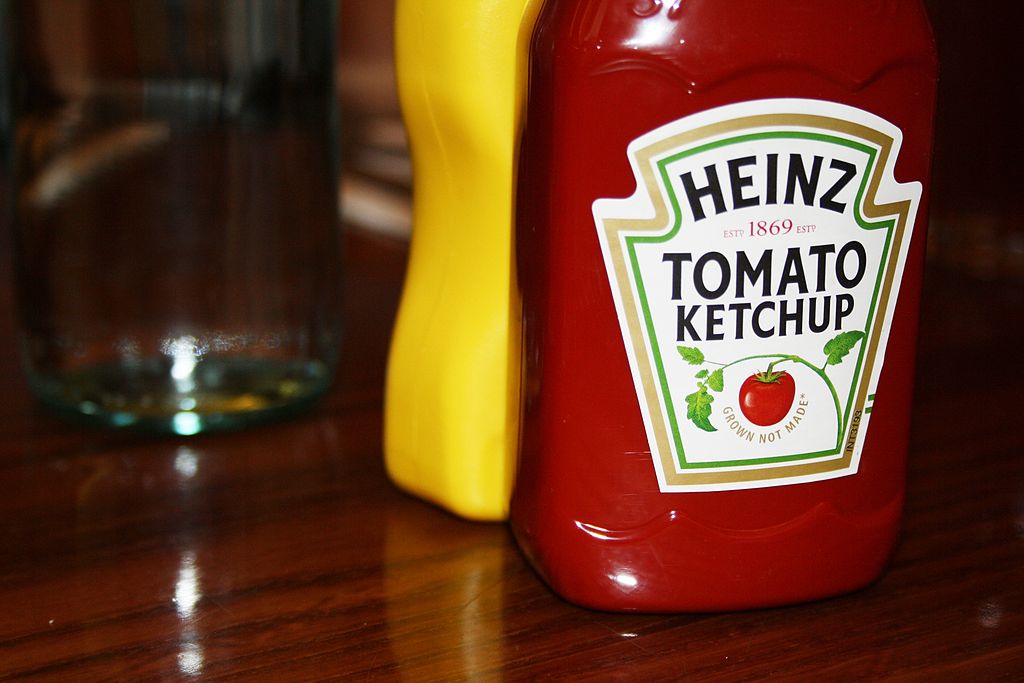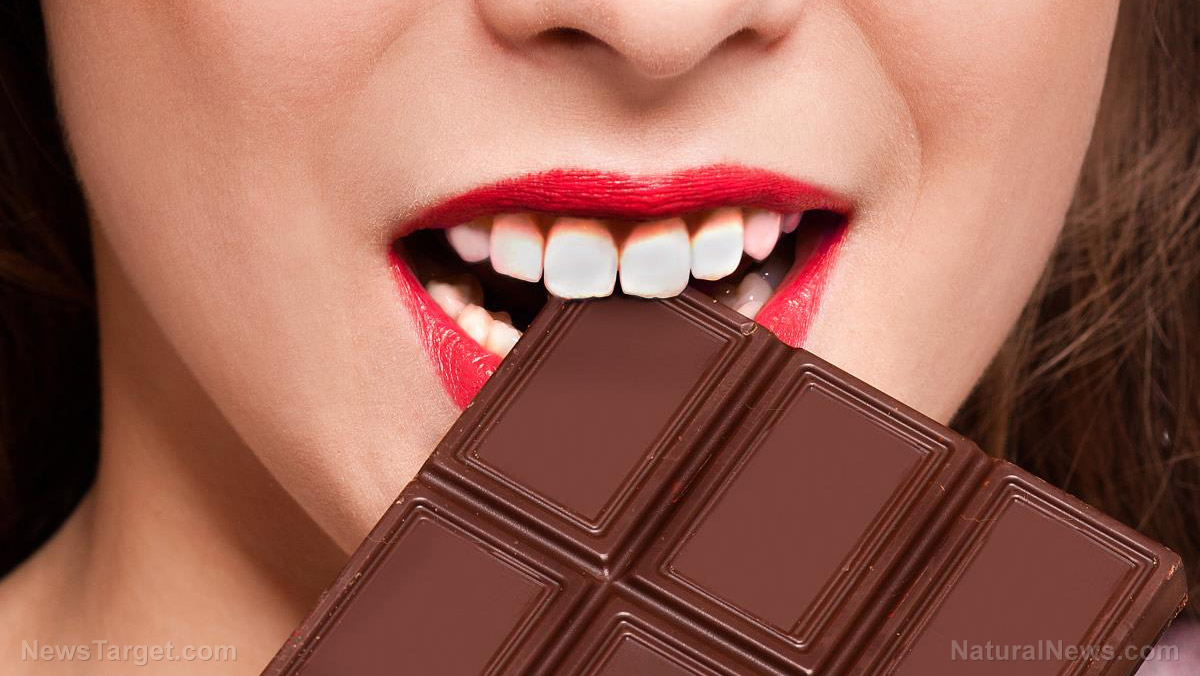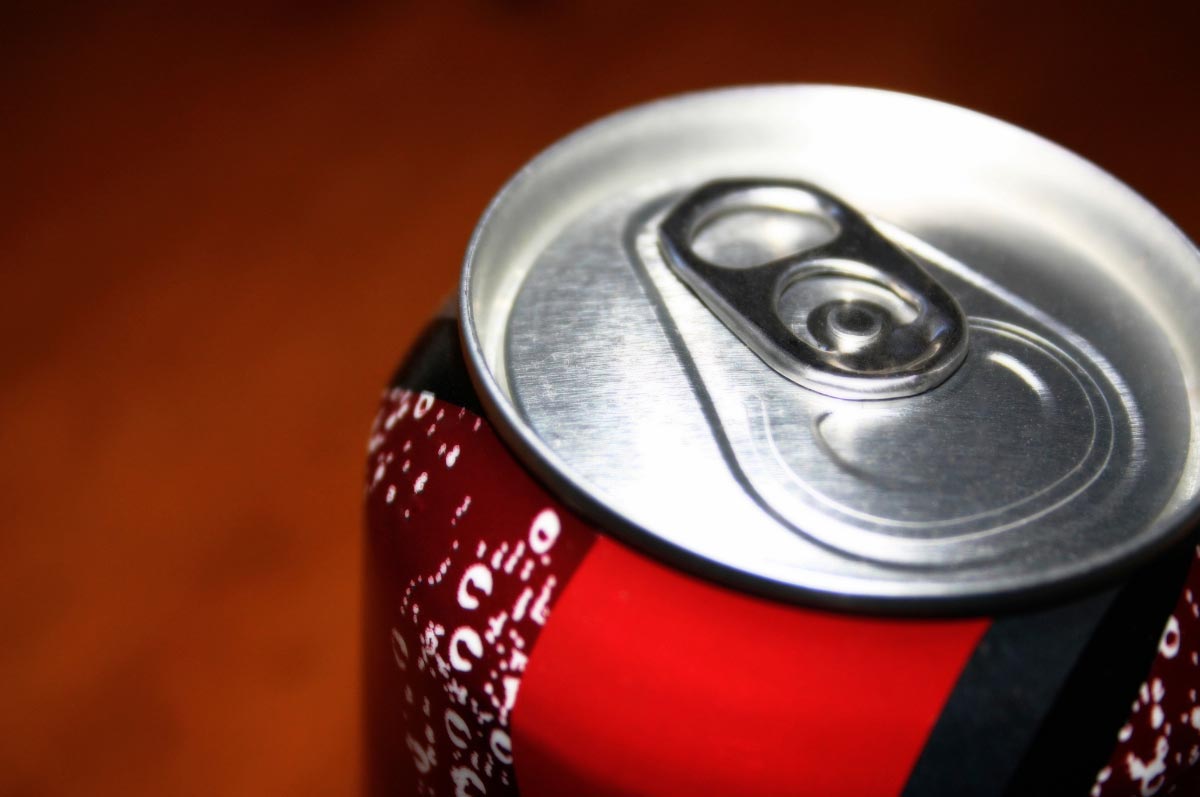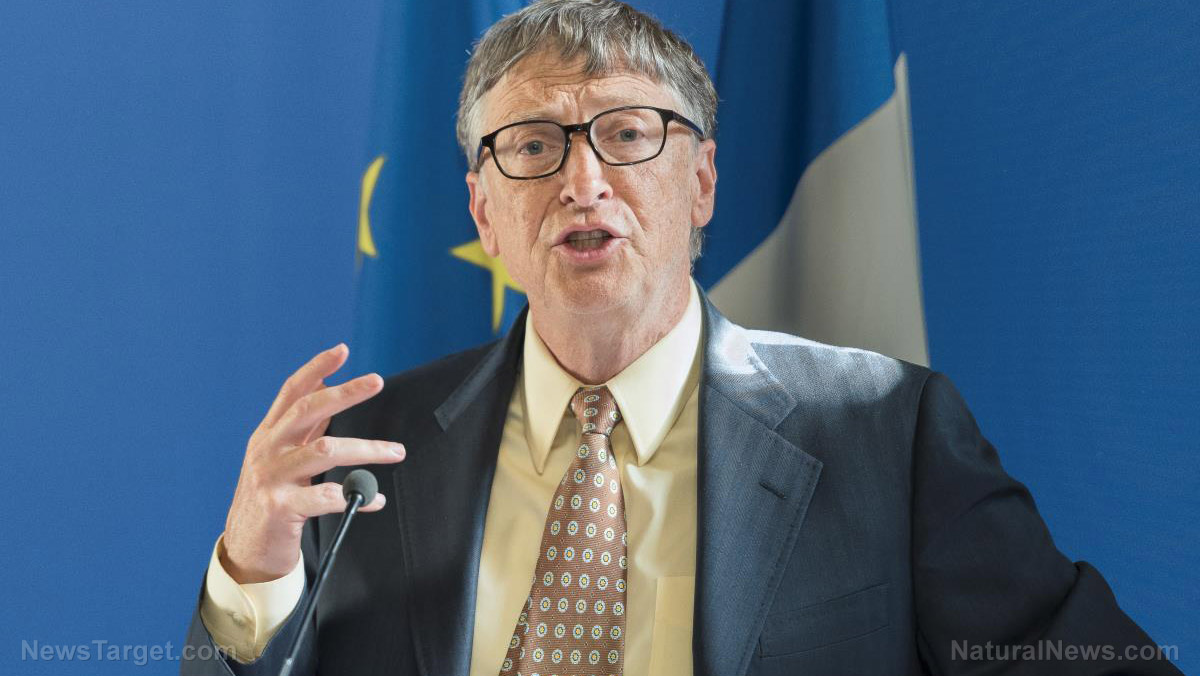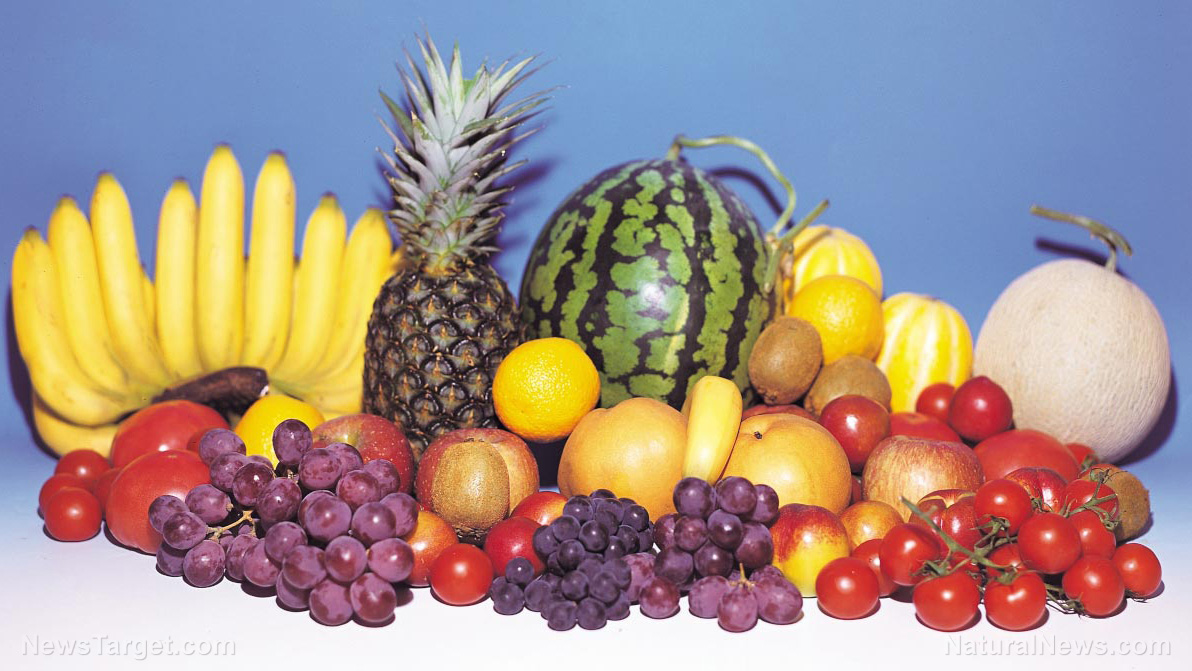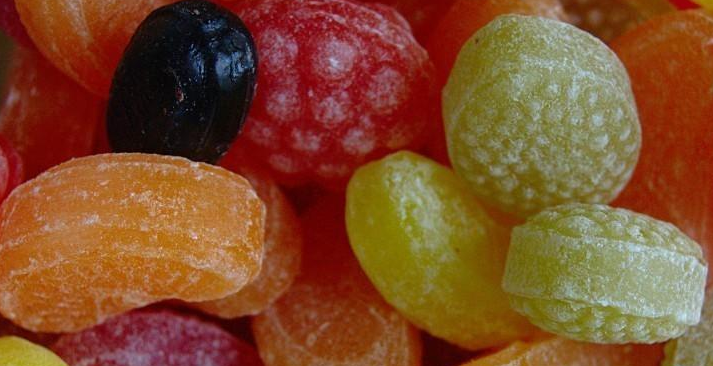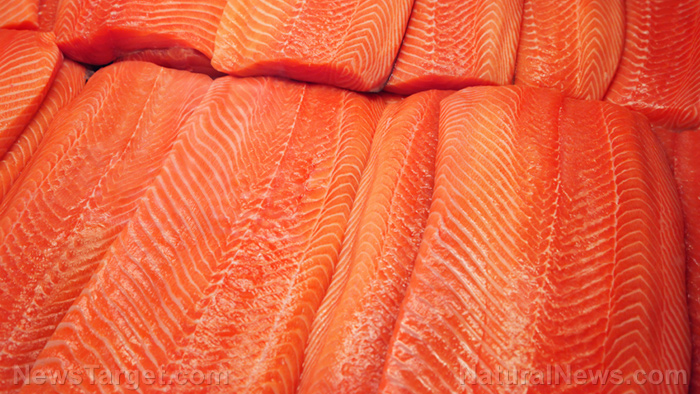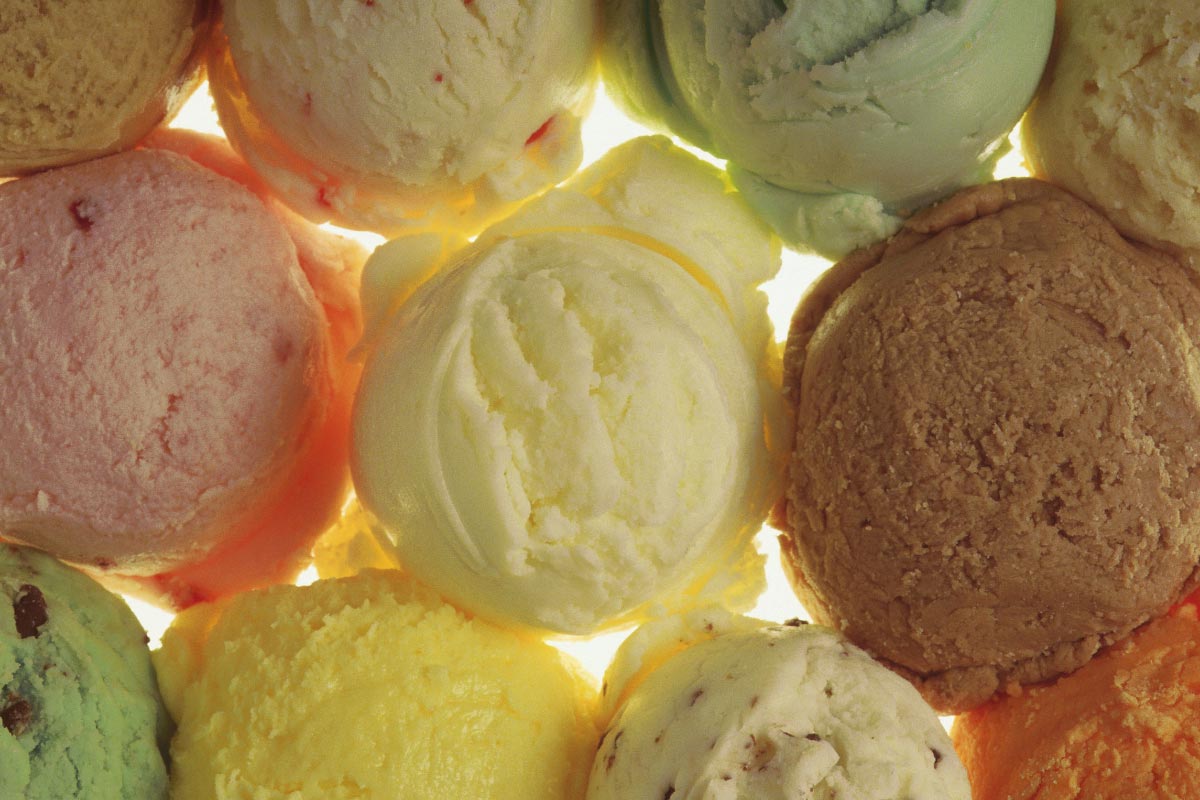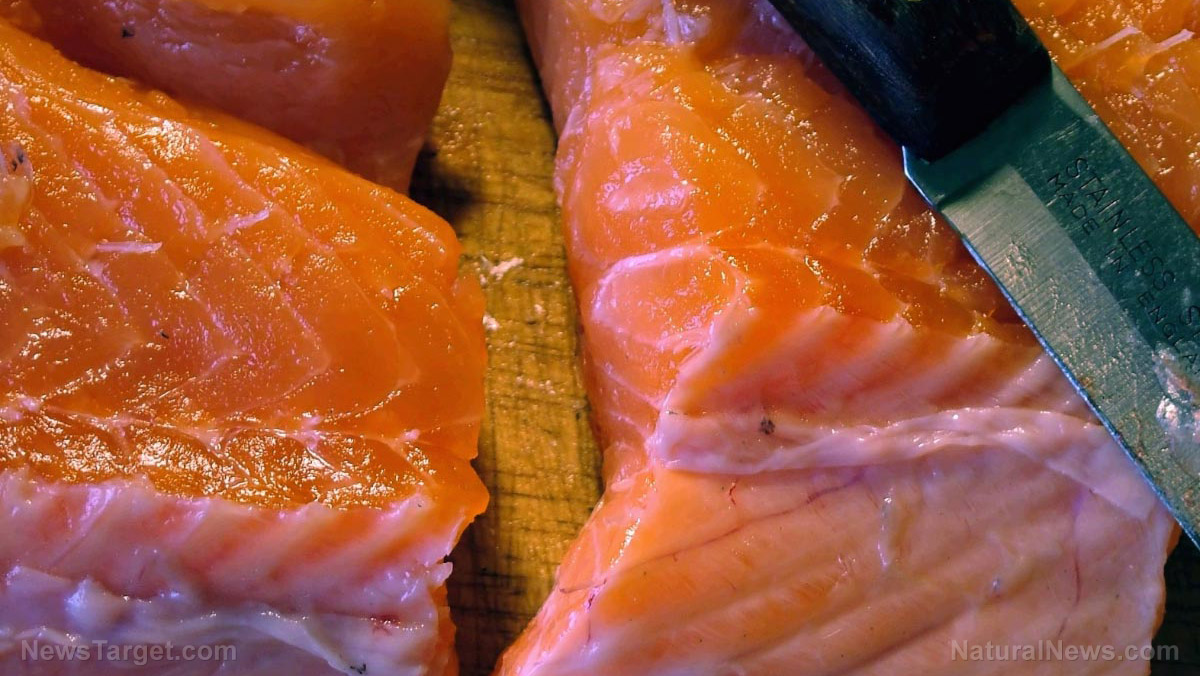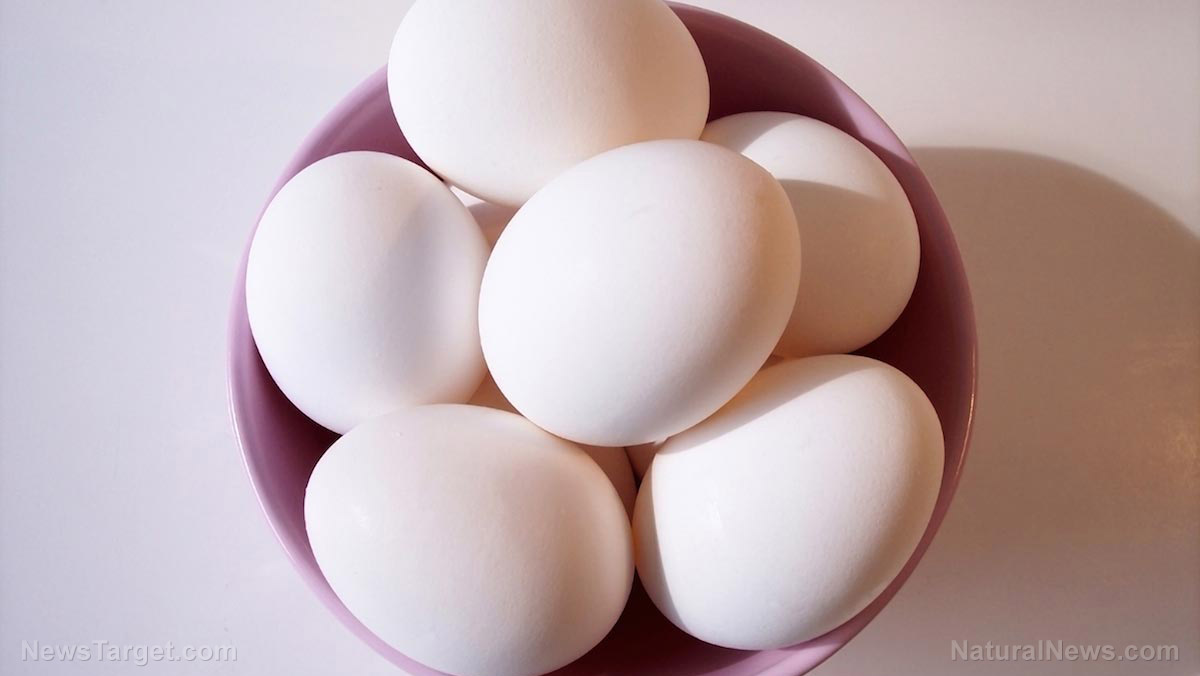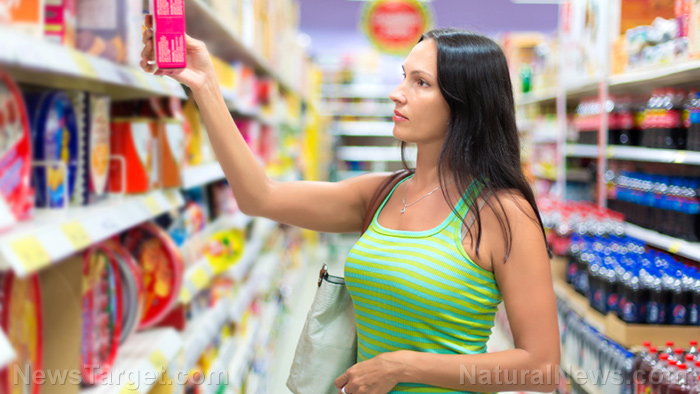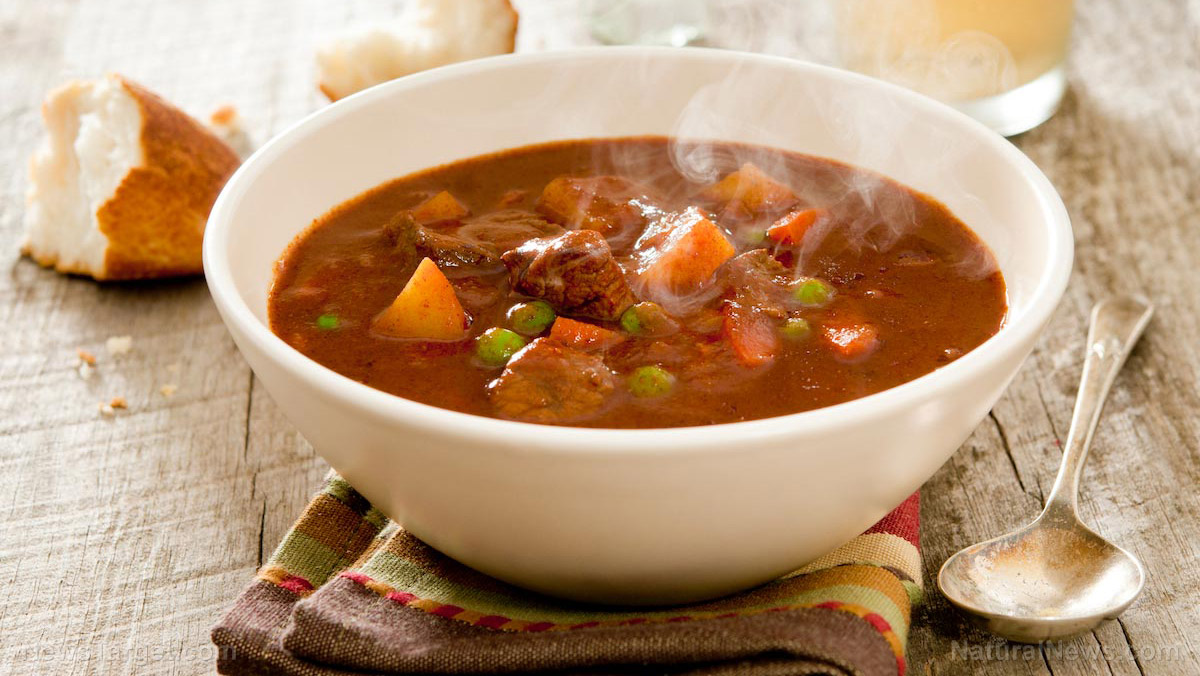General Mills ditches artificial colors in cereals and school foods
06/19/2025 / By Cassie B.
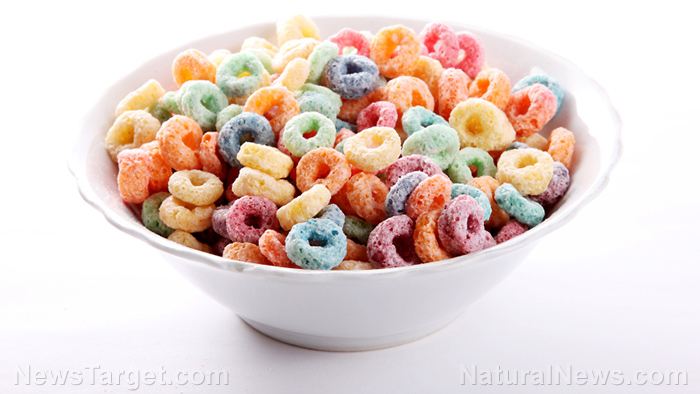
- General Mills will remove artificial colors from all U.S. cereals and school foods by 2026 and its entire retail lineup by 2027, responding to consumer and regulatory pressure.
- The FDA plans to phase out petroleum-based dyes like Red No. 40 and Yellow No. 5, linked to behavioral issues in kids and potential cancer risks in animals.
- Kraft Heinz also pledged to eliminate artificial dyes by 2027, following its earlier removal from mac and cheese, signaling industry shifts toward cleaner ingredients.
- HHS Secretary RFK Jr. pushed for synthetic dye removal, praising corporate action but warning stronger regulations may be needed if progress stalls.
- Health advocates argue eliminating dyes is just one step, as many processed foods still contain harmful additives like preservatives and seed oils.
In a major victory for health-conscious families, General Mills announced this week that it will remove artificial colors from all its U.S. cereals and K-12 school foods by summer 2026, with plans to eliminate them from its entire retail portfolio by the end of 2027.
The move comes after Health and Human Services (HHS) Secretary Robert F. Kennedy Jr. urged food manufacturers to phase out synthetic dyes, citing growing concerns over their potential health risks, particularly for children. The decision follows a similar pledge by Kraft Heinz, signaling a broader industry shift toward cleaner ingredients. It’s a step in the right direction, but more must be done to fully protect consumers from harmful additives.
A long-overdue step toward food safety
General Mills, the maker of popular cereals like Cheerios and Lucky Charms, stated that the “vast majority” of its products are already free from artificial colors. However, the company acknowledged that reformulating the remaining 15% of its portfolio is a necessary step to meet evolving consumer demands. “Across the long arc of our history, General Mills has moved quickly to meet evolving consumer needs, and reformulating our product portfolio to remove certified colors is yet another example,” said CEO and Chairman Jeff Harmening.
Harmening emphasized the company’s commitment to maintaining taste and affordability while removing questionable additives. “Knowing the trust families place in us, we are leading the way on removing certified colors in cereals and K-12 foods by next summer,” he added.
The announcement aligns with recent actions by the FDA, which recently declared plans to remove petroleum-based food dyes from the U.S. food supply by the end of next year. FDA Commissioner Dr. Marty Makary stated that the agency would work with the food industry to eliminate synthetic dyes such as FD&C Red No. 40 and Yellow No. 5—chemicals linked in some studies to behavioral issues in children and potential carcinogenic effects in animals.
Kraft Heinz follows suit, but industry resistance remains
On the same day as General Mills’ announcement, Kraft Heinz revealed it would no longer launch new products containing artificial dyes and would phase them out of existing items by 2027. Pedro Navio, North America president at Kraft Heinz, noted that the company had already removed artificial colors from Kraft macaroni and cheese in 2016. “The vast majority of our products use natural or no colors, and we’ve been on a journey to reduce our use of FD&C colors across the remainder of our portfolio,” Navio said.
Despite these positive steps, not all food companies are on board. Kellogg’s, for example, has defended its use of artificial dyes, insisting its products comply with FDA standards. Meanwhile, the FDA itself has faced criticism for approving new dyes even as it pledges to phase out others in a contradiction that underscores the need for stronger regulatory action.
RFK Jr.’s push for food freedom and safety
Secretary Kennedy has been a vocal advocate for removing synthetic additives from the food supply, framing it as a critical step in combating chronic illnesses like obesity and ADHD. In March, he called on food companies to eliminate artificial dyes, and by April, he and the FDA announced a plan to remove petroleum-based dyes entirely. While Kennedy has praised companies like General Mills and Kraft Heinz for their voluntary compliance, he has also warned that stronger measures may be needed if industry cooperation falters.
While the removal of artificial dyes is a step in the right direction, health advocates stress that this is just one battle in the larger war against corporate food fraud. Many processed foods still contain harmful preservatives, seed oils, and other synthetic additives that have been linked to inflammation, metabolic disorders, and even cancer. True food freedom will only be achieved when all synthetic additives are removed from the supply chain and when regulators prioritize public health over corporate profits.
Sources for this article include:
Submit a correction >>
Tagged Under:
artificial dyes, big government, cereal, clean food watch, FDA, food freedom, food science, food supply, General Mills, grocery, Kraft Heinz, poison, products, progress, school lunches, stop eating poison, synthetic additives, toxic chemicals, toxic ingredients
This article may contain statements that reflect the opinion of the author
RECENT NEWS & ARTICLES
CleanFoodWatch.com is a fact-based public education website published by Clean Food Watch Features, LLC.
All content copyright © 2018 by Clean Food Watch Features, LLC.
Contact Us with Tips or Corrections
All trademarks, registered trademarks and servicemarks mentioned on this site are the property of their respective owners.

